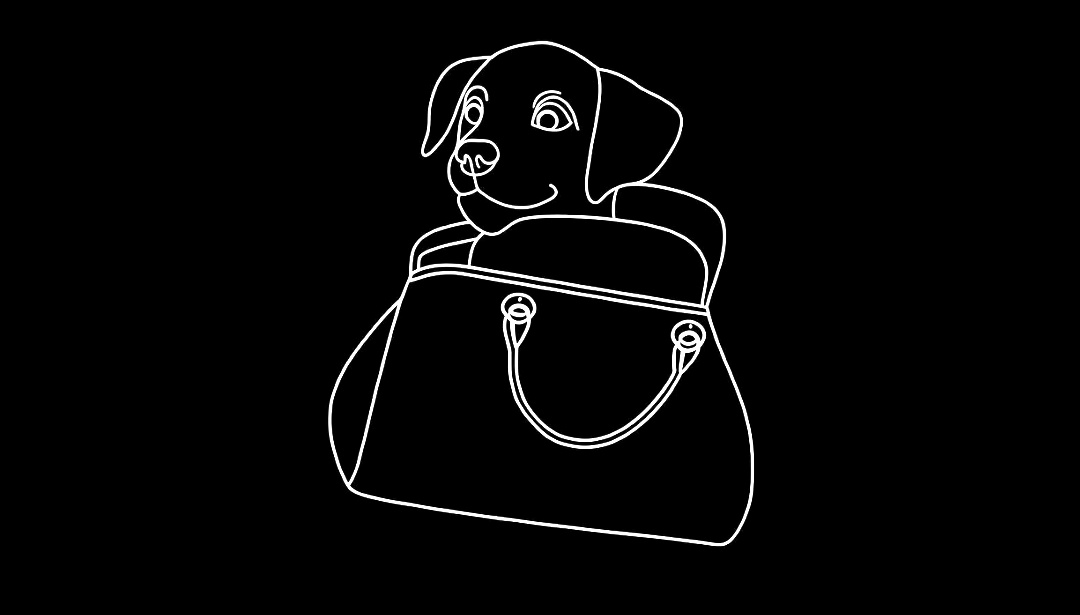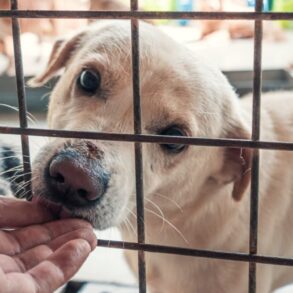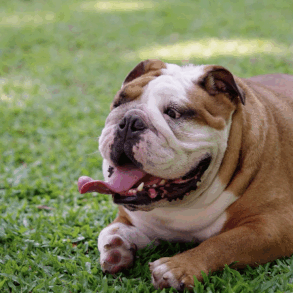As global temperatures rise, dog breeders in Turkey have noticed a peculiar shift in the fur color of Kangal dogs, a breed well-known for its distinctive white coat.
What’s happening?
Once thick and porcelain-white, the coats of Kangal dogs bred by Hüseyin Yıldız now are much thinner with a yellowish tint, per the Daily Sabah.
“The density of their fur is decreasing considerably,” Yıldız said. “With thick layers of fat beneath the skin, their insulation has been compromised, resulting in a thinner coat of about 1-1.5 centimeters.”
That’s not the only change Yıldız has noticed, though. As the days have gotten hotter, the expert breeder has also observed concerning behavioral changes, too.
“This breed possesses remarkable intelligence, allowing them to harmonize with nature,” he explained. “Consequently, they have become less active in the heat, increased their water intake, and sought out cooler, shaded areas. Their appetite has decreased as they conserve energy, prioritizing shelter over activity.”
Why are these changes concerning?
The physical and behavioral changes exhibited by Kangal dogs are an important insight into the challenges associated with the planet’s changing climate.
“The color of every breed adapts to its environment, and Kangals are no exception,” Yıldız told the Daily Sabah. “While their breed characteristics remain unchanged, they adapt their living habits accordingly.”
It’s true: In response to rising global temperatures, other animals have also made unusual behavioral changes. For example, recent studies on European mammals revealed extreme heat has had a negative impact on their sleep, with wild boars and fawns sleeping less and more poorly than in cooler conditions.
Another study found Alpine ibex shifting to more nocturnal activities, even despite increased risk from predators, just to escape extreme heat during the day.
Changes in animal behavior highlight a concerning consequence of rising global temperatures that could have broader implications for ecosystems.
When animals deviate from their normal behaviors, they can disrupt the balance of nature by altering food habits, disrupting migration patterns, and even changing how species interact with one another. Such differences can make it more difficult for animals to eat, sleep, mate, raise their young, and even just survive, putting populations at risk of decline, which could have even more devastating and potentially irreversible effects throughout ecosystems.
What’s being done about rising global temperatures?
To help prevent further changes in animal behavior, we must consider our own behaviors and habits, and the effects they have on the planet.
The use of dirty energy, for example, accounts for over 75% of global planet-warming pollution and almost 90% of all global carbon pollution, per the United Nations. That being said, transitioning from nonrenewable energy to green energy such as solar, wind, and nuclear would significantly reduce pollution and slow the warming of the planet.
You can decrease your environmental footprint by reducing your reliance on personal vehicles. Walking, biking, or taking public transit can significantly lower the carbon pollution you contribute to the atmosphere.
Join our free newsletter for good news and useful tips, and don’t miss this cool list of easy ways to help yourself while helping the planet.
This post was originally published on this site be sure to check out more of their content.









































